Embarking on global adventures opens the door to diverse cultures, each with its unique customs and greetings. The first encounter can set the tone for your interactions, making understanding global greeting customs crucial.
In this guide, we'll explore various greeting traditions worldwide, giving examples of customs in countries in each region to help you navigate the delicate balance between shaking hands, bowing or exchanging cheek kisses.
In Canada, the cultural greeting can vary depending on the region. A common greeting in English-speaking parts of Canada is a simple "Hello" or "Hi” along with a handshake.
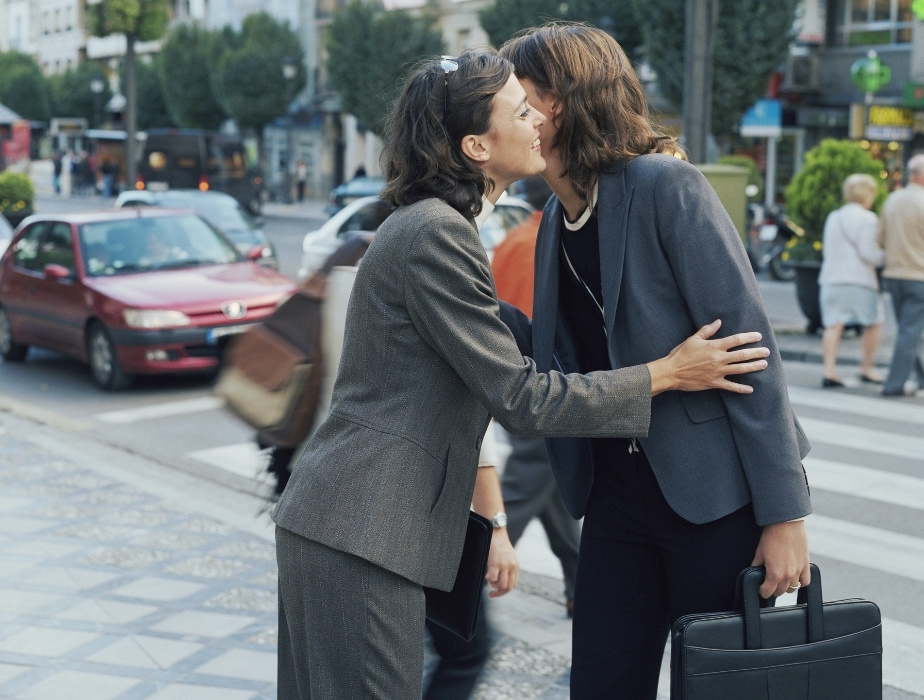
In French-speaking areas, such as Quebec, "Bonjour" (hello) is the standard greeting, along with a light kiss on both cheeks. In indigenous communities across Canada, traditional greetings like "Tansi" in Cree or "Boozhoo" in Ojibwe may be used.
A firm handshake is standard in the US, accompanied by direct eye contact.

In more casual settings, a simple nod or a wave can also be acceptable.
Greetings can vary greatly depending on the specific island and cultural influences. However, a common greeting in many Caribbean countries is a warm and friendly "Hello" or "Good morning/afternoon/evening". In some Caribbean nations where French or Spanish is spoken, greetings like "Bonjour" or "Hola" may be used, respectively. Additionally, in Jamaica, you may hear the local greeting "Waah gwaan" (What's going on).
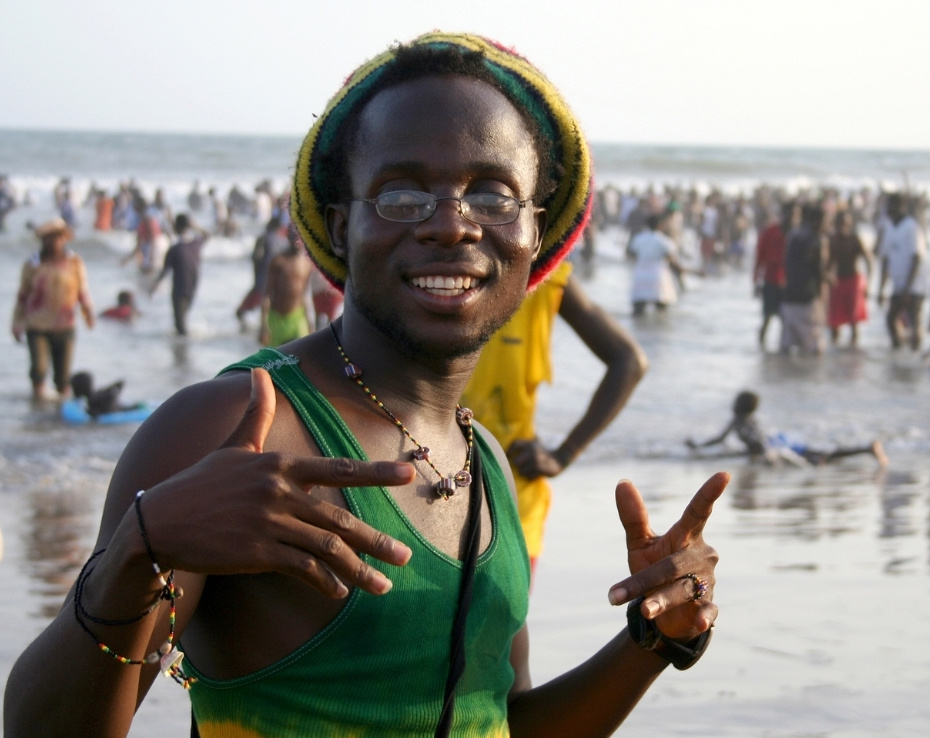
A firm handshake, maintaining eye contact, with a warm smile is commonly used for both genders in both formal and informal settings. Hugs and/or fist bumps are common amongst friends and family. Overall, the greetings in the Caribbean often reflect the region's laid-back and hospitable culture.
In Japan, greetings are an essential aspect of social etiquette and reflect respect and politeness. “Konnichiwa” is a general greeting used throughout the day and means "Hello" or "Good day." Or you can say “Ohayou gozaimasu” (Good morning), but only up till noon. In late afternoon and evening use “Konbanwa”. In a formal or business setting, use the phrase “Douzo yoroshiku onegaishimasu”, which expresses a request for good relations and cooperation. And always be sure to say “Arigatou gozaimasu” (Thank You) to express gratitude.

Bowing is a common form of greeting and showing respect in Japan. The depth of the bow can vary depending on the formality of the situation and the relative status between individuals. A slight bow is appropriate in casual settings, while a deeper bow is used in more formal situations. While maintaining eye contact is generally considered polite in Western cultures, in Japan excessive eye contact may be seen as aggressive or impolite. Above all, politeness is highly valued in Japanese culture, so it's essential to be polite and respectful in both words and actions.
Like in Japan, greetings are an essential part of social interaction and culture in China. “Ni Hao” is the most common and versatile way to say "Hello" and can be used in both formal and informal settings. In formal situations, a handshake is common upon greeting, especially when meeting someone for the first time or in business settings. However, some Chinese people may prefer not to shake hands due to cultural preferences or concerns about hygiene.

While not traditional in Chinese culture, some Chinese people may nod or bow slightly as a sign of respect. Maintaining eye contact during initial greetings is generally acceptable, but excessive eye contact may be seen as impolite or confrontational.
In Singapore, greetings are generally diverse due to its multicultural population. A simple "Hello" or “Good morning/afternoon/evening” is widely understood and used in Singapore, for both formal and informal settings. If you want to show-off your knowledge of the cultural melting pot that is Singapore, you can use: “Ni Hao” for Mandarin-speaking Singaporeans; "Selamat pagi" (Good morning), "Selamat tengah hari" (Good afternoon) or "Selamat petang" (Good evening) for Malay Singaporeans; and "Vanakkam" for Tamil-speaking Singaporeans.

In formal situations a handshake is appropriate, especially in business settings. However, some Singaporeans prefer not to shake hands due to cultural or personal reasons. In some traditional or formal situations, a slight bow may be used as a sign of respect.
The traditional Arabic greeting “As-Salamu Alaykum”, meaning "Peace be upon you", is widely used and appreciated. Greetings are often accompanied by a warm handshake.

It's customary for men to greet each other with a series of three shakes. However, it's essential to wait for a woman to extend her hand first before initiating a handshake.
The traditional Arabic greeting “As-Salamu Alaykum” is also widely used in the UAE. Handshakes are standard among men, but the grip should be gentle.
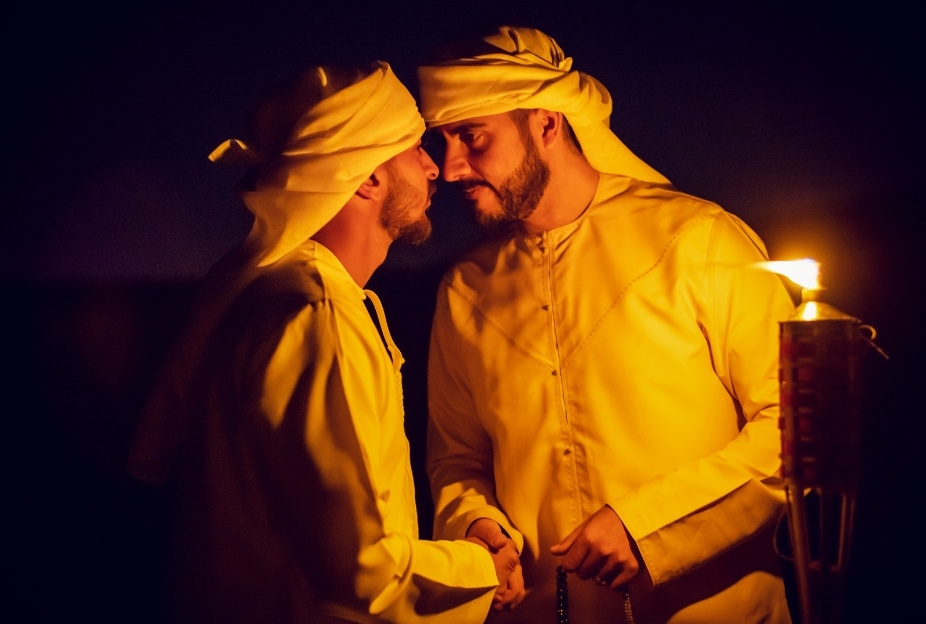
Women may greet each other with a handshake or a kiss on the cheek (usually only between female friends or family members) All greetings should be accompanied by pleasantries and inquiries about the person's well-being.
The simple Persian greeting of “Salam”, meaning "Hello" or "Peace", is widely used and appreciated.
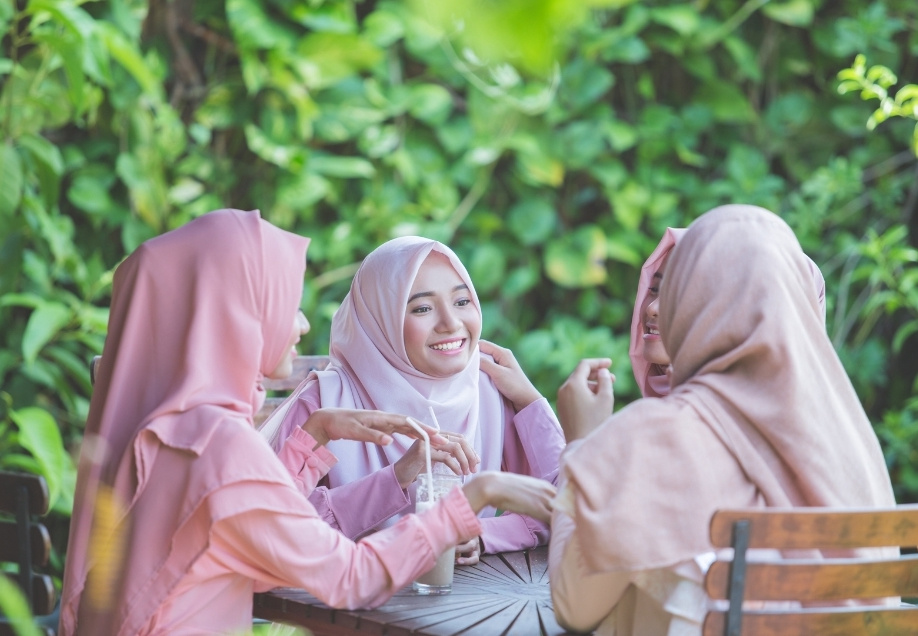
Men typically shake hands upon greeting, while women may greet each other with a hug or a kiss on the cheek (usually only between female friends or family members).
In Mexico, a warm and firm handshake is common, and should be accompanied by direct eye contact. Hugs are prevalent among friends and family.
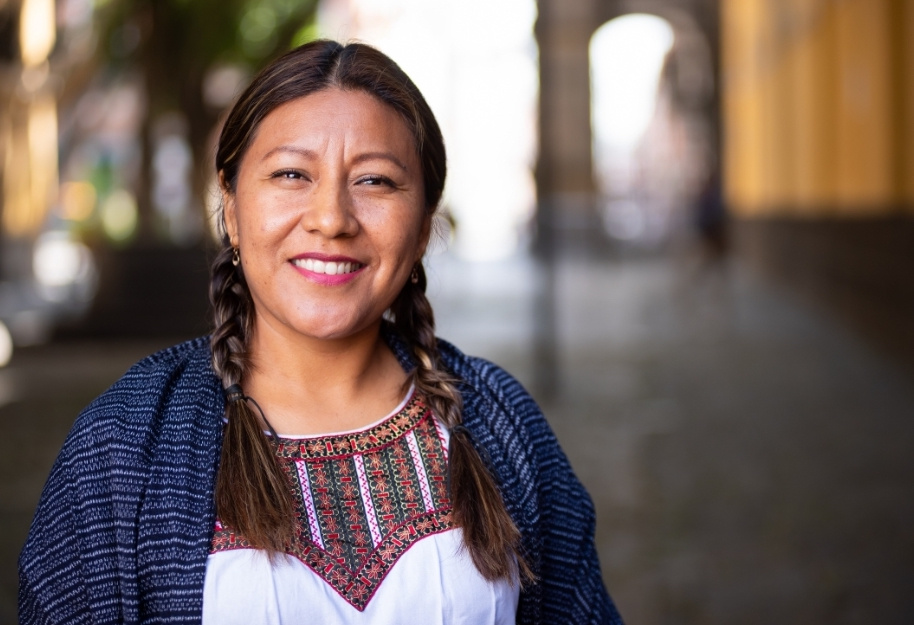
“Hola” (Hello) is widely used in both casual and formal situations, while more formal or business situations require “Buenos días” (Good morning), “Buenas tardes” (Good afternoon) or “Buenas noches (Good evening). It’s also considered polite to engage in small talk when meeting someone.
Brazilians are known for their warmth, and greetings often involve a handshake, a hug or a combination of both, while cheek kissing is common among close friends. In informal settings, you can use “Oi” (Hi) or “Olá” (Hello). In more formal settings, use “Bom dia” (Good morning), “Boa tarde” (Good afternoon) or “Boa noite” (Good evening).
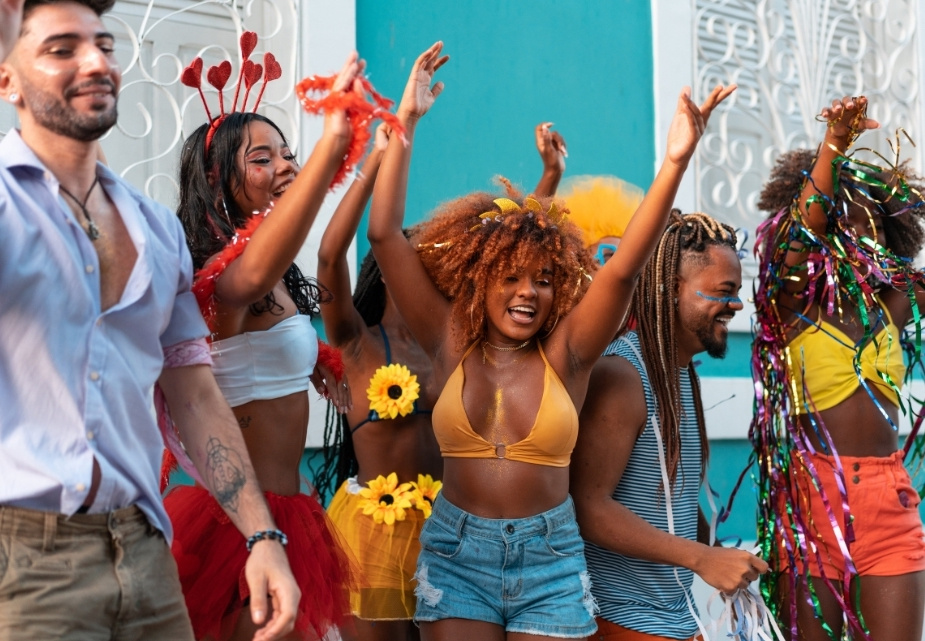
When meeting someone for the first time, a firm handshake is usually the way to go (unless they go in for a hug or cheek kiss first!). No matter what the gesture is, it’s important to be enthusiastic in your greeting and to maintain eye contact as a sign of respect and attentiveness.
In Chile, greetings are an important part of social interaction and can vary depending on the context and relationship between individuals. The simple Spanish greeting of “Hola”, meaning "Hello", is widely used in both formal and informal settings. “Buenos días” (Good morning), “Buenas tardes” (Good afternoon) or “Buenas noches” (Good evening) should be used in more formal or business situations.

In formal situations a handshake is appropriate, especially when meeting someone for the first time or in business settings. In more informal settings, friends and family members may greet each other with kisses on the cheek (usually two) and hugs.
Germans typically prefer a firm handshake with direct eye contact, along with “Hallo” (Hello) in casual settings. Use “Guten Morgen” (Good morning), “Guten Tag” (Good day) or “Guten Abend” (Good evening) for more formal situations. Germans are not known for enthusiastic greetings, so maintain a respectful demeanour, especially in business settings. If you’re meeting someone for the first time in a formal situation it’s best to use their appropriate titles, such as "Herr" (Mr.) or "Frau" (Mrs./Ms.), followed by the person's last name.

Germans appreciate punctuality, so be on time for appointments and meetings. They also value direct communication, so don't be surprised if greetings are brief and to the point. Lastly, remember to maintain eye contact as a sign of respect and attentiveness.
In Italy, greetings often involve a warm handshake or a hug, depending on the familiarity between individuals. Cheek kissing (once on each cheek) is common among close friends and family. A simple “Ciao” (Hello/Hi) can be used in most situations, but if it’s a business meeting it’s best to use the more formal “Salve” accompanied by a handshake and a warm smile.

Addressing individuals with their appropriate titles, such as "Signore" (Mr.) or "Signora" (Mrs./Ms.), followed by the person's last name is respectful, especially in formal settings and/or when meeting elderly Italians.
The French typically greet with a light kiss on both cheeks for informal situations. The number of kisses may vary by region, so it's essential to be attentive to local customs. “Bonjour” is the most common way of saying “Hello”, but if you’re familiar with the person you can use the more informal “Salut”.
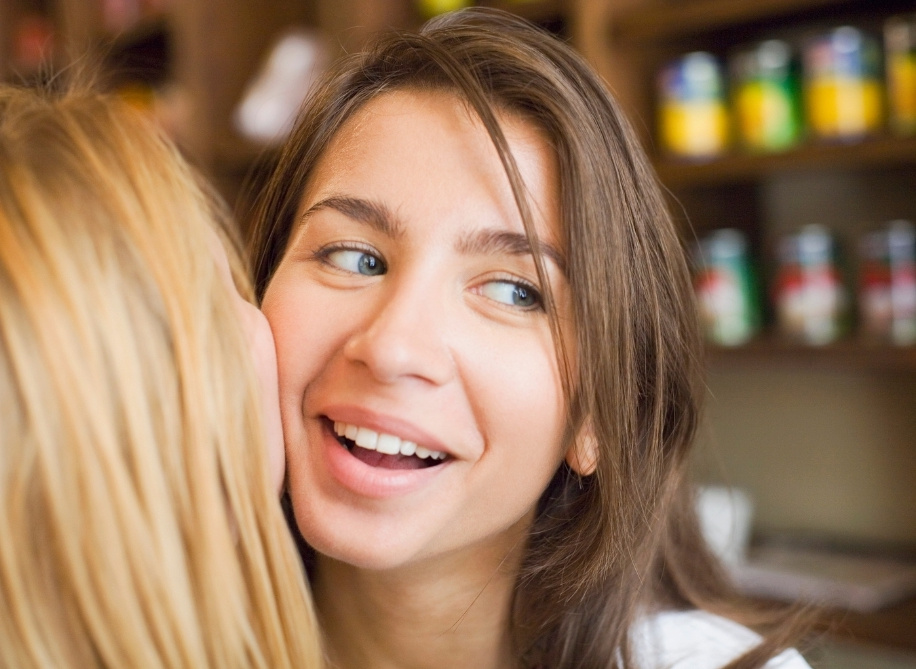
In more formal settings, use “La bise” with either a handshake or, if the person initiates it, a light kiss (barely touching the skin!) on each cheek, and be sure to address the person as "Monsieur" (Mr.) or "Madame" (Mrs./Ms.) followed by their last name.
The Russian greeting “Zdravstvuyte” loosely translates to "Hello" and is used in most situations, especially when addressing someone unfamiliar or in a formal setting. If you know the person, you can use the more informal “Privet”.
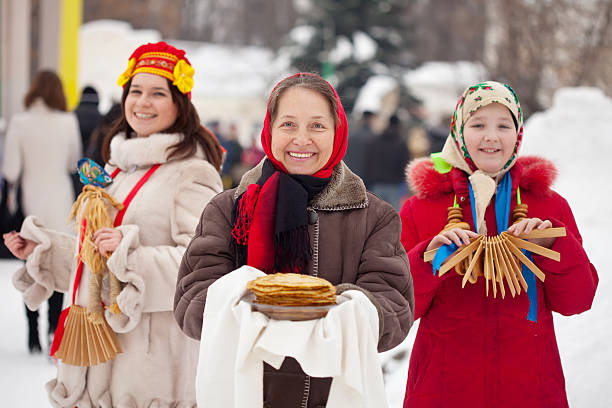
In formal situations, men typically shake hands upon greeting. Women may also shake hands, but it's not as common. Among close friends and family members, a kiss on the cheek (usually just one) may be exchanged, especially between women or between men and women. And it’s appropriate to use the titles “Gospodin” (Mr.) or “Gospozha” (Mrs./Ms.) followed by the person's last name in formal settings.
“Dzien dobry” means "Good morning" or "Good afternoon" and is used throughout the day until early evening. If it’s a friend you’re greeting, use the informal greeting “Czesc”. In formal situations, men typically shake hands upon greeting. Like in Russia, women may also shake hands, but it's not as common.
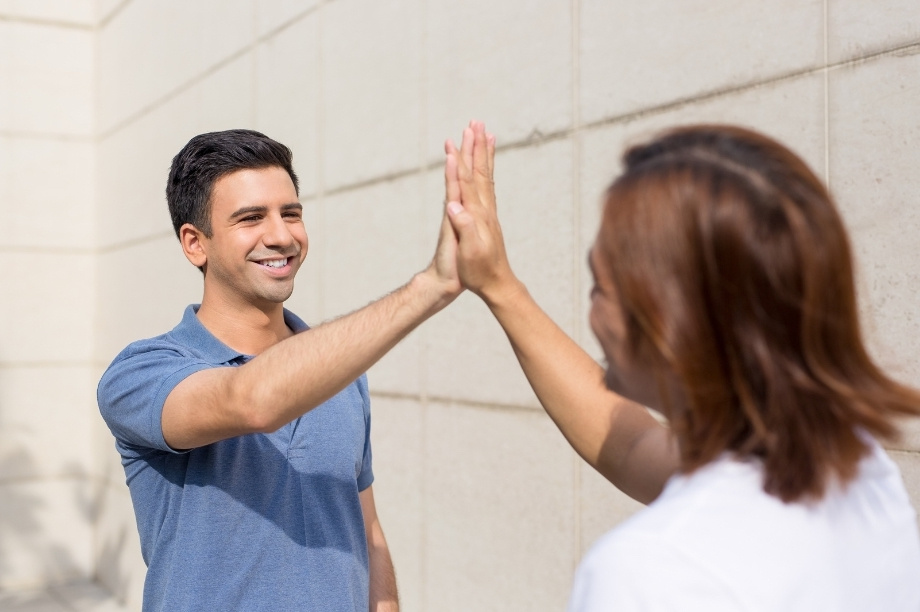
The kissing protocol is also the same as in Russia: among close friends and family members a kiss on the cheek (usually just one) may be exchanged, especially between women or men and women.
“Dobry den” means "Good day" and is used as a general greeting throughout the day. Or you can use the informal “Ahoj” for friends. Men shake hands in formal situations, women sometimes do but not always.

Like in Russia and Poland, a kiss on the cheek (usually one) is common amongst family and friends. In business and very formal situations, you should use the titles "Pan" (Mr.) or "Paní" (Mrs./Ms.) followed by the person's last name.
In Nigeria, handshakes are common for both men and women, often accompanied by a smile and a slight bow of the head. Remember that a warm, firm grip is appreciated.
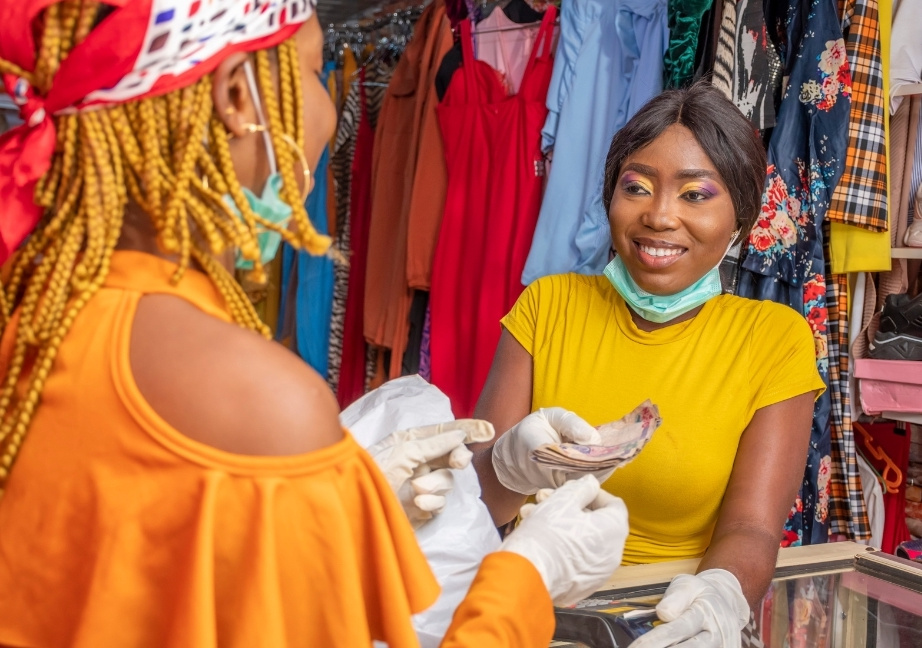
You can use the English “Hello” or “Good Day/Afternoon/Evening”, along with asking the person how they are and making small talk. It’s important to always maintain eye contact, be enthusiastic in your greeting, show interest in the person, and smile a lot
“Jambo” is the Swahili greeting for “Hello”, followed by “Habari” (How are you?). Shaking hands is a common way to greet both friends and strangers, regardless of gender, and it's important to offer a firm handshake with a smile.
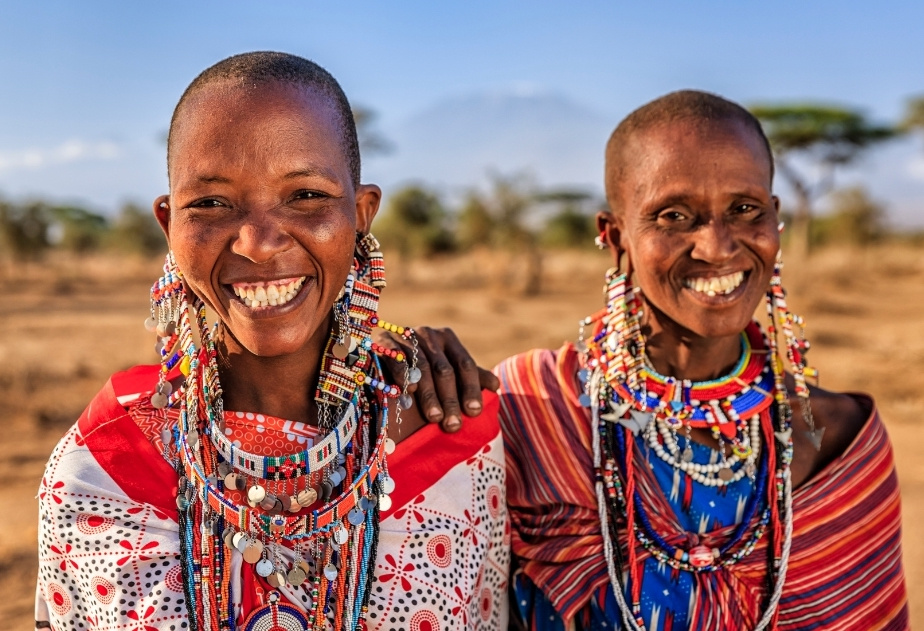
“Asante (sana)” means "Thank you (very much)" and is used as a polite response to greetings or gestures of kindness.
The Arabic “As-salamu alaykum” is widely used in Egypt. You should respond with the greeting "Wa alaykumu as-salam”, meaning "And peace be upon you too”.
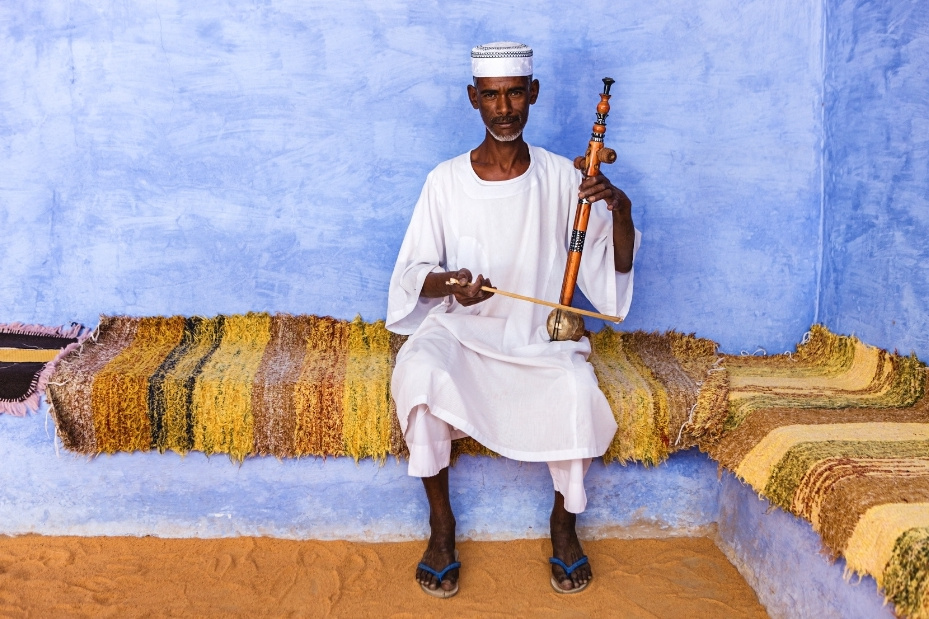
In Egypt, shaking hands is a common way to greet both men and women, but it's more common among people of the same gender. It's customary to shake hands with the right hand while placing the left hand over the heart. A kiss on each cheek may be exchanged as a greeting, but only among close family and friends.
The above are just a few examples of customary greetings; it's important to bear in mind that what is an appropriate greeting in one country may not be acceptable in another, even if it's in the same region. So, here are three basic rules to follow to ensure you don’t make a greeting faux pas wherever in the world you travel to:
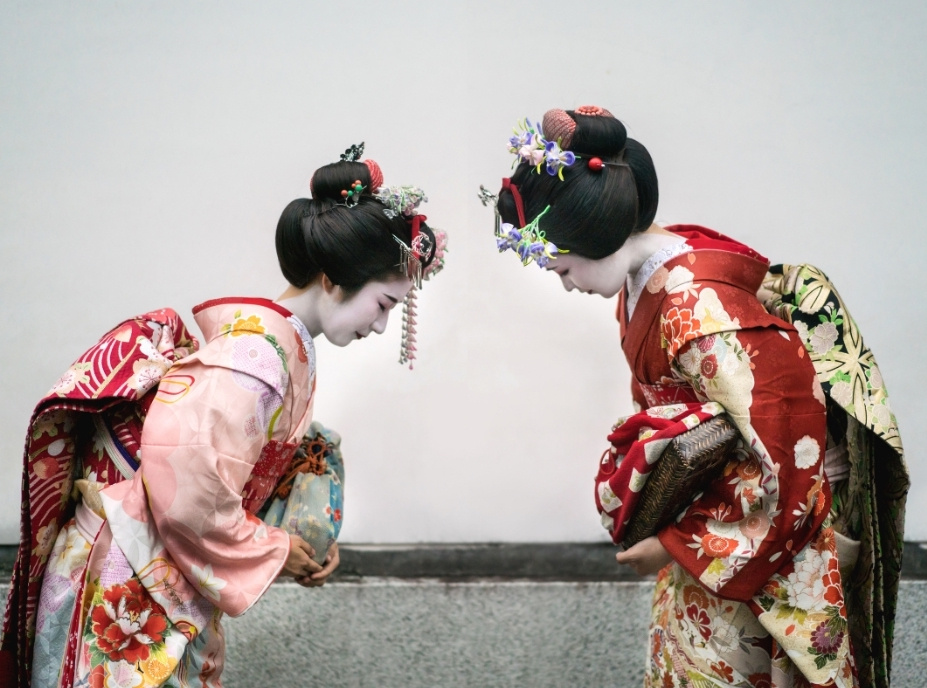
Before travelling, take the time to research the specific greeting customs of the country you'll be visiting. This cultural awareness can go a long way in making a positive first impression.
When in doubt, observe how locals greet each other and follow suit. Pay attention to the nuances of the greetings, such as the firmness of a handshake or the number of cheek kisses exchanged.
Be adaptable and open-minded. If someone extends their hand for a handshake, reciprocate accordingly. Being observant and responsive shows cultural respect.
Navigating the intricate tapestry of global greeting customs is an essential skill for any traveller. By familiarising yourself with the diverse ways people greet each other around the world, you not only enhance your cultural understanding but also foster positive connections in your international journeys.

So, whether it's a handshake, a bow, or cheek kisses, let the local customs guide your interactions, ensuring that your greetings are not only respectful but also warmly received in every corner of the globe.
Ready to test out your cultural greetings? Contact your nearest Sure Travel Agent for personalised, expert advice, or visit our online booking platform to access the best travel deals.